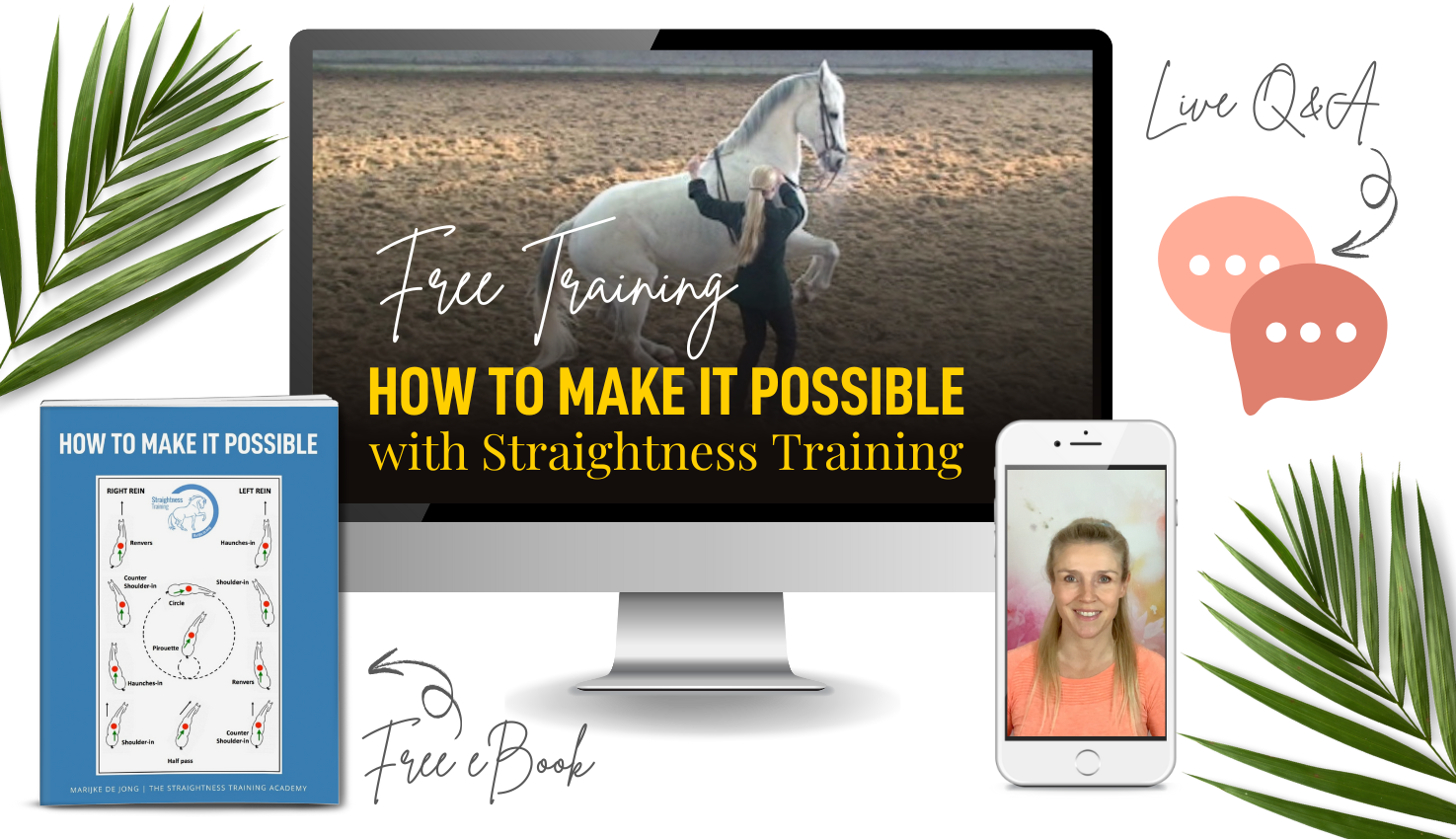6 Tips on How To Deal With Problems
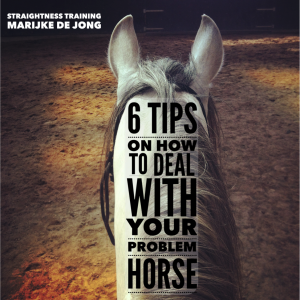
I have been working in the equestrian world for many, many years and I have seen the same thing over and over again:
People who love horses, really all want the same; They are always looking for a good connection with their horse; They are looking for a light, soft, willing, calm and balanced horse that is a pleasure to ride.
But in reality a lot of riders are witnessing or experiencing a lot of pain and frustration with horses.
Years ago I experienced the same. My horse Maestro caused me a lot of problems, or at least, this is what I thought he did. In reality it was ME that was the problem.
How to deal with problems?
It’s my belief NOW that there are no “problem horses”, only people having problems with their horse.
In case you also encounter problems with your horse, here are 6 tips how you can deal with them:
Tip #1: Transform your vocabulary
The question I had to ask my self was:
Do I have a problem horse or is it about ME having a problem with my horse?
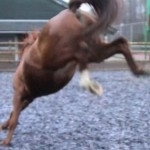
I have dealt with a lot of so-called ‘problem horses’ and my horse Maestro was a huge ‘problem’ for me in the beginning.
But with all these ‘problem’ horses, it eventually turned out that it was actually a certain problem that I or the owner had with a horse, and that it could be solved!
So change the whay you look at things.
You don’t have a ‘problem’ horse, just problems with your horse that can be solved.
Tip #2: Love your problems
The biggest problem is that riders think they are supposed to NOT have problems with their horses
But remember, it’s not happening TO you, but FOR you:
“You can’t always get what you want, you get what you need… “
You better love problems with your horses, see them as gifts, as a challenge, as an opportunity to learn and grow!
Ask yourself: “What’s good about this? What can I learn from this?”
Due to the problems with my horse Maestro, I’ve discovered everything about natural asymmetry and Straightness Training!
Tip #3: See every problem is a gift in disguise!
See every problem as a challenge and look at negative experiences as an opportunity to learn, to widen and deepen your knowledge and to grow, and turn it into a positive!
And remember: The goal is not being without problems, but getting ‘better quality’ problems so you can learn more
Tip #4: Study your horse and the issue
Every horse and his ‘challenges’ are a study: You have to study your horse, yourself, the problems, the communication and interaction between you and your horse, and the cause and effect.
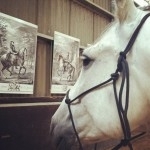
An important thing to study is not the moment that the problem occurs, but the moment right before the problem occurs: what happens in that moment that causes the problem? That’s what you should study.
It also helps to study the old riding masters, they wrote a lot about specific and difficult cases.
If you have a problem with your horse, if something is not working, study it and change your approach.
Because if you revert to your old ways, so will your horse:
“If you always do what you’ve always done, you’ll always get what you’ve always got.” – Henry Ford (1863-1947).
Dealing with horses depends on taking a sense of responsibility for what’s happening, it’s about response-ability… the ability to respond…
Horses appeal to our creativity and imagination to find solutions.
Tip #5: Change your approach
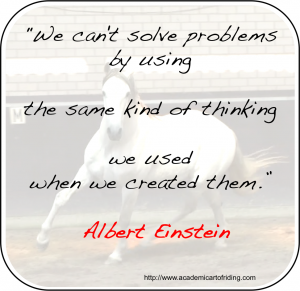
The ultimate success formula for dealing with ‘problems’ is:
- Decide what you want
- Take action
- Notice what’s working or not
- Change your approach until you achieve what you want, using whatever the horse gives you along the way.
An ear shy horse for example won’t let a human touch his ear, but will happily rub it on another horse! The ear is not the problem, the human is….. that’s something to think about… something to study… that gives us an idea to change our approach.
If that new approach is not working, change it again until you find the solution.
Tip #6: Solutions are waiting for YOU to make them happen
There’s no such thing as “having a problem with your horse”, just solutions waiting for YOU to make them happen.
Never spend more than 10 percent of your time on a problem with your horse, and spend at least 90 percent of your time on the solution.
And even better: spend 100 percent of your time on solutions, and no time on problems!

